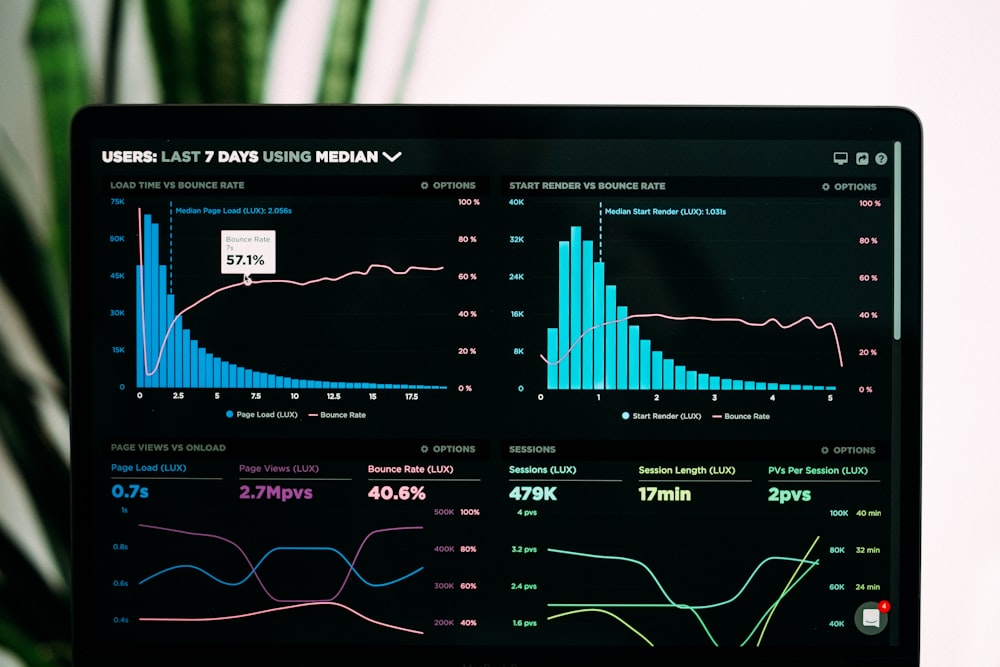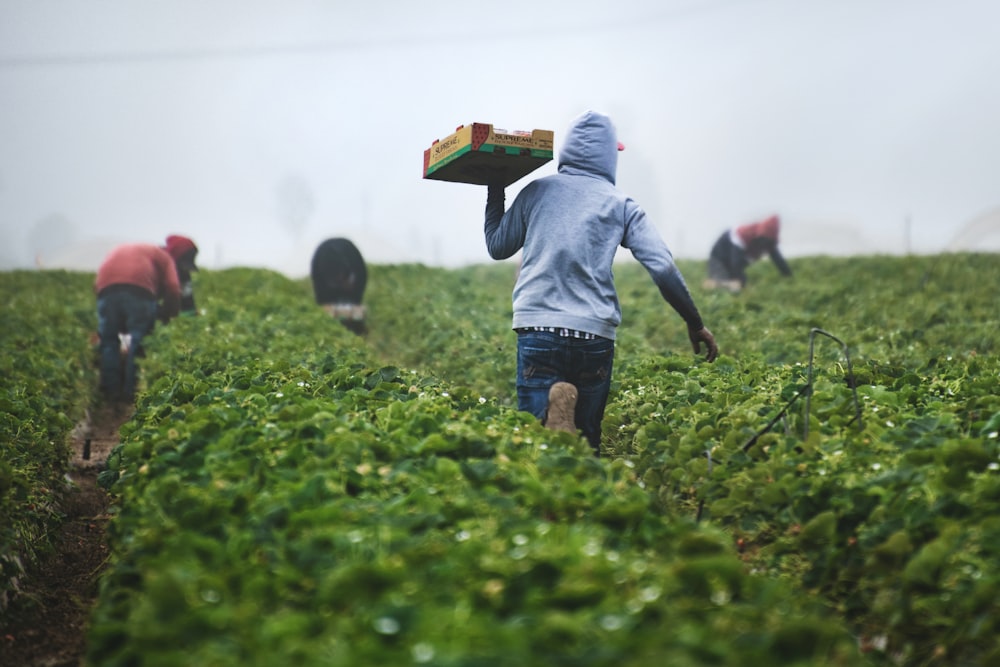The Digital Fig Farmer
How Machine Learning Unlocks Climate Secrets of Ancient Crops
For over 11,000 years, figs have graced human diets—one of the first plants we ever cultivated. Today, this ancient crop faces a modern threat: climate volatility. As temperatures swing wildly and rainfall patterns shift, fig farmers worldwide watch with increasing concern as yields fluctuate unpredictably.
Fig Fast Facts
- Optimal growth: 25-35°C
- Drought resistant but needs precise moisture
- Turkey produces 30% of global supply

Figs are exceptionally sensitive to environmental conditions (Photo: Unsplash)
The Climate-Fig Puzzle
Why Figs Are Weather Sensors
Figs possess an exceptional sensitivity to environmental conditions. Unlike hardier crops, these Mediterranean natives thrive within specific climatic boundaries:
Thermal Precision
Optimal growth occurs between 25-35°C; beyond 40°C, photosynthesis plummets.
Water Paradox
They withstand drought but require precise moisture during fruit development.
Developmental Stages
Sensitivity peaks during flowering (March-April) and fruit maturation (June-July) 4 .
The Algorithmic Farmer
Machine learning refers to computer systems that learn from data without explicit programming. In agriculture, these algorithms digest historical records—temperature, solar radiation, rainfall, yields—to find hidden patterns.
| Method | Strengths | Limitations | Crop Applications |
|---|---|---|---|
| XGBoost | Handles complex interactions; ranks variables | May overfit; "black box" decisions | Figs, wheat, grapes |
| Neural Networks | Models non-linear relationships; high accuracy | Requires massive data; computationally heavy | Apples, cherries, peaches |
| KGML | Incorporates scientific knowledge; better extrapolation | Complex implementation; newer technique | Carbon cycle, soil health |
| Random Forest | Robust to outliers; handles missing data | Less interpretable; biased toward dominant classes | Wheat, maize, rice |
Decoding Fig Production: The Turkish Experiment
Methodology: From Orchards to Algorithms
A landmark 2024 study published in the Journal of the Science of Food and Agriculture demonstrates ML's power. Researchers collected 35 years of data (1988–2023) from Turkey's fig-growing regions 1 .
Climate Variables:
- 16 distinct metrics measured day/night
- 2m air temperature
- Thermal radiation
- Soil moisture (%)
- Wind speed components
Yield Metrics:
- Production per decare (1,000 m²)
- Yield per bearing fig sapling
| Factor | Contribution to Yield/Decare | Contribution to Yield/Sapling | Critical Period |
|---|---|---|---|
| Temperature change | 41.3% | 43.9% | Fruit maturation (June) |
| Daytime thermal radiation | 18.7% | 17.2% | Flowering (April) |
| 2m temperature | 15.1% | 14.3% | Year-round |
| Nighttime humidity | 9.2% | 8.6% | Pollination (May) |
| Wind speed | 7.5% | 8.1% | Fruit setting (June) |
"Heat amplifies everything: Rising temperatures compounded the negative effects of low humidity and wind."
"Nighttime matters: Thermal radiation during darkness significantly impacted fruit development."
The Scientist's Toolkit
| Tool/Reagent | Function | Example in Fig Study |
|---|---|---|
| XGBoost Algorithm | Identifies complex variable interactions | Ranked temperature as #1 yield driver |
| Copernicus Climate Data Service | Provides high-resolution historical climate data | Supplied 35-year temperature/radiation records |
| SHAP Analysis | Interprets ML model decisions | Quantified each factor's contribution (%) |
| Phenological Stage Mapping | Aligns climate impacts with crop development stages | Linked heat waves to specific fruit stages |

Researchers using advanced tools to study climate impacts (Photo: Unsplash)
Research Insights
- Stage-specific vulnerabilities identified
- Unexpected resilience to precipitation variability
- Temperature change accounts for >40% of yield variation
- Nighttime conditions more important than previously thought
Beyond Figs: Broader Implications
Precision Adaptation Strategies
The study's insights are already guiding interventions:
Microclimate Management
- Windbreak placements optimized
- Selective irrigation during critical windows
Cultivar Selection
Identifying heat-tolerant varieties like 'Sarilop' for warmer regions
Growth Stage Alerts
SMS warnings when forecasted temperatures exceed thresholds
The Future of Climate-Resilient Farming
Machine learning's applications extend far beyond figs:
Carbon Farming
KGML models track soil carbon sequestration potential in real-time 3 .
Extreme Weather Buffer
Algorithms predict frost damage probability 14 days pre-event 4 .
Global Yield Stability
Strategic crop switching could maintain farmer incomes 6 .
"ML models trained on historical data can struggle with unprecedented future conditions—a 'novel climate' problem. Hybrid approaches blending process-based models with ML show promise for true climate resilience." — Nature Communications review on KGML 3
Cultivating Hope
As the Turkish fig study demonstrates, machine learning offers more than predictions—it provides understanding. Farmers can now know not just that heat hurts figs, but when, how much, and what combination of interventions might compensate.

The fusion of traditional farming and modern technology offers hope for climate resilience (Photo: Unsplash)
The implications ripple beyond agriculture. As KGML models advance, they could integrate real-time satellite data, soil carbon measurements, and market forecasts—creating "digital twins" of entire farming regions 7 .
In the end, the story of figs and algorithms is about continuity. An ancient crop, cultivated since civilization's dawn, now sustained by humanity's newest tools. As climate uncertainty grows, this fusion of tradition and innovation offers hope—not just for figs, but for all the fragile bounty we depend on.